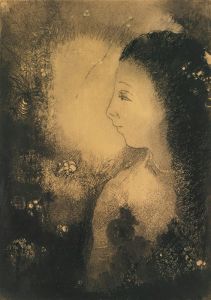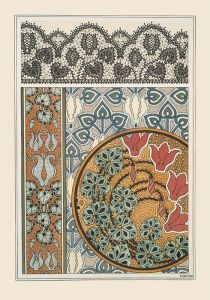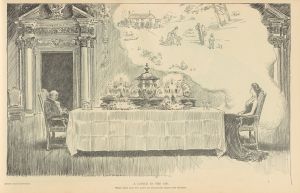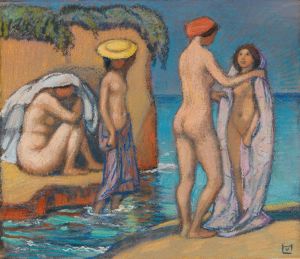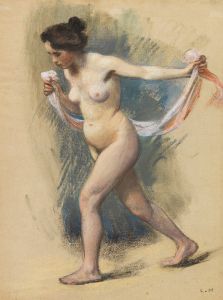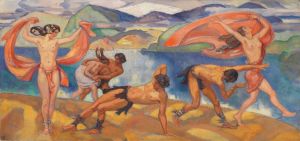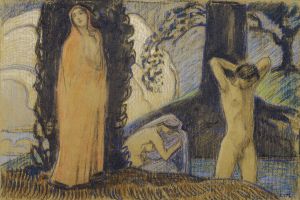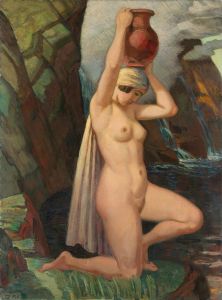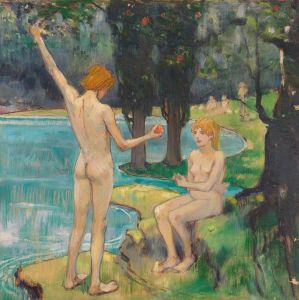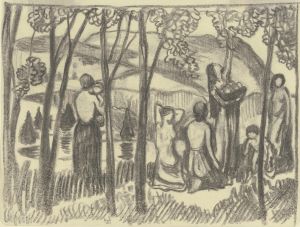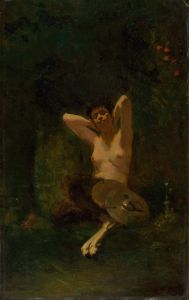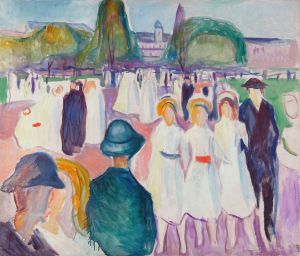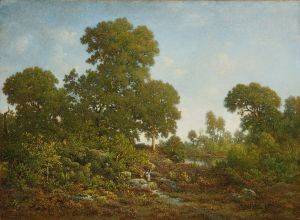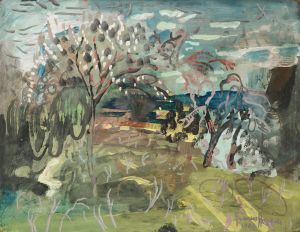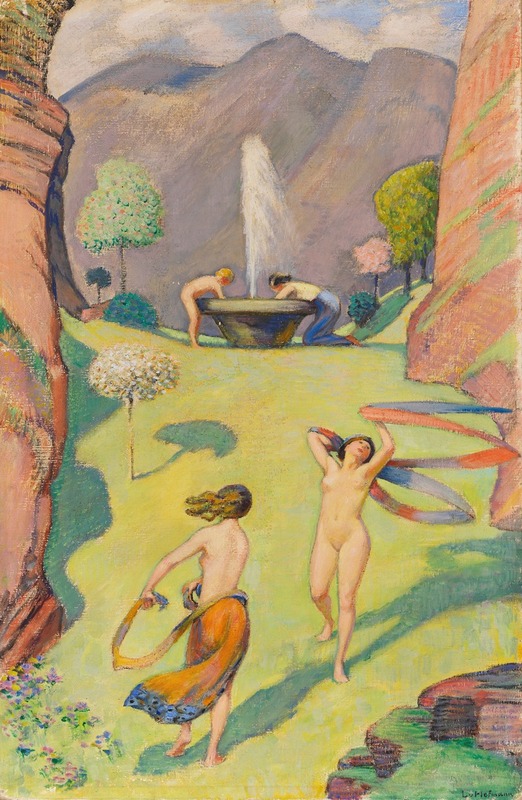
Frühlingstanz
A hand-painted replica of Ludwig von Hofmann’s masterpiece Frühlingstanz, meticulously crafted by professional artists to capture the true essence of the original. Each piece is created with museum-quality canvas and rare mineral pigments, carefully painted by experienced artists with delicate brushstrokes and rich, layered colors to perfectly recreate the texture of the original artwork. Unlike machine-printed reproductions, this hand-painted version brings the painting to life, infused with the artist’s emotions and skill in every stroke. Whether for personal collection or home decoration, it instantly elevates the artistic atmosphere of any space.
Ludwig von Hofmann (1861–1945) was a German painter and graphic artist associated with Symbolism and Art Nouveau. His works often depicted idyllic, mythological, and allegorical scenes, characterized by a focus on nature, beauty, and the human figure. One of his notable works is Frühlingstanz (translated as "Spring Dance"), which exemplifies his artistic style and thematic interests.
Frühlingstanz portrays a group of figures, often interpreted as nymphs or young women, dancing in a lush, natural setting. The painting reflects Hofmann's fascination with the harmony between humanity and nature, a recurring theme in his oeuvre. The composition is imbued with a sense of vitality and celebration, capturing the essence of spring as a time of renewal and joy. The figures are depicted with graceful, flowing movements, emphasizing their connection to the surrounding landscape.
Hofmann's use of color and light in Frühlingstanz is notable for its softness and vibrancy. The palette includes earthy greens and warm tones, creating a serene yet lively atmosphere. The interplay of light and shadow enhances the sense of depth and movement within the scene, drawing the viewer into the idyllic world he has created.
The painting is representative of the broader cultural and artistic trends of the late 19th and early 20th centuries, particularly the Symbolist movement, which sought to convey deeper emotional and spiritual truths through art. Hofmann's work also aligns with the ideals of the Lebensreform movement, which emphasized a return to nature, physical health, and a rejection of industrialization.
Ludwig von Hofmann was a prominent figure in the German art scene during his lifetime, and his works were widely exhibited and celebrated. He held teaching positions at the Weimar Saxon-Grand Ducal Art School and later at the Dresden Academy of Fine Arts, influencing a generation of artists. While Frühlingstanz is not as widely known as some of his other works, it remains an important example of his artistic vision and his ability to capture the beauty of the natural world.
The current location of Frühlingstanz is not specified in available records, and detailed information about its provenance or exhibition history is limited. However, the painting continues to be appreciated as a testament to Hofmann's skill and his contribution to the Symbolist and Art Nouveau movements.





